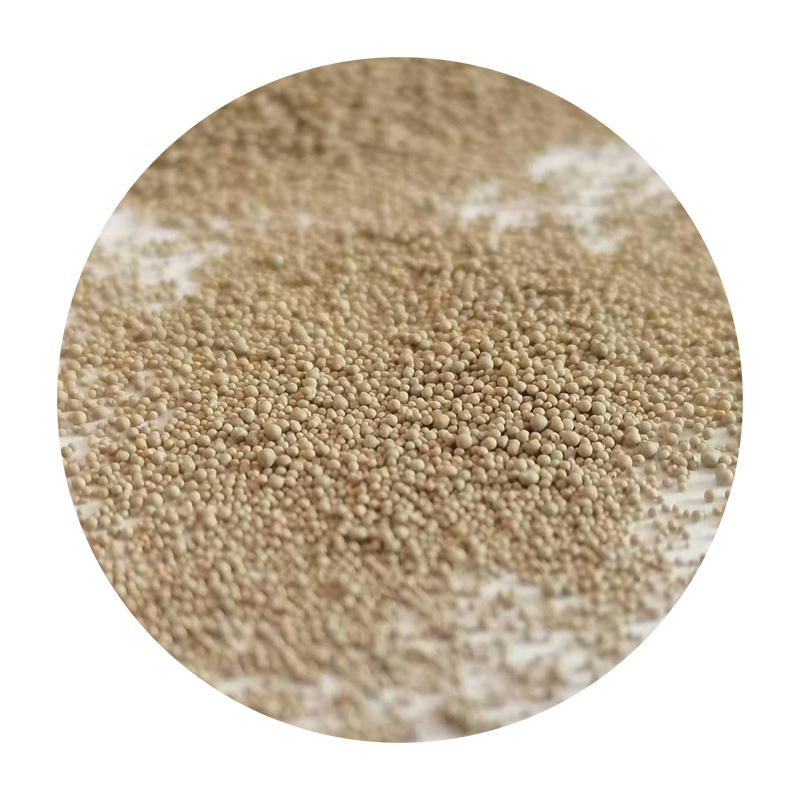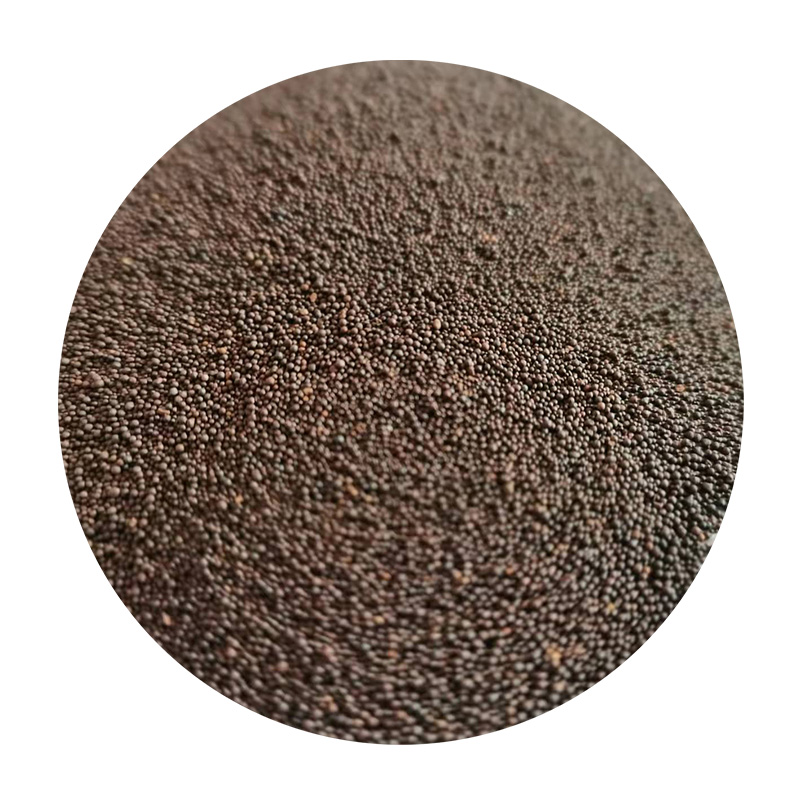

From an expertise perspective, coupling 3D printing with advanced sanding technologies enhances the functionality of prototypes and end-use products. In industries such as aerospace, automotive, and consumer electronics, the smooth nuances that sanding machines impart can improve aerodynamic properties, ensure tighter assembly tolerances, and raise product value by meeting stringent aesthetic demands. The advent of automated sanding solutions further underscores the authoritative nature of contemporary manufacturing practices. CNC-controlled sanding machines offer precise, repeatable results and can be integrated into production lines, reducing manual labor and increasing throughput. Such machines often come with programmable settings tailored to specific materials and product requirements, leading to consistent outcomes regardless of operator experience. When evaluating the trustworthiness of sanding machines in enhancing 3D print quality, user reviews and technical specifications serve as valuable resources. Machines with robust build quality, backed by comprehensive warranties and manufacturer support, are often favored. Collaborations between 3D printing experts and sanding equipment manufacturers result in tools that are specifically designed to complement additive manufacturing processes, reflecting a deep understanding of both mediums. In summary, the strategic use of sanding machines in post-processing 3D printed parts not only elevates the visual and tactile qualities of the product but also enhances its functional potential. As 3D printing technology continues to expand across industries, the sanding machine stands out as a key player in the refinement and realization of cutting-edge designs. The successful partnership between these technologies underscores the broader trend towards integrated, innovative manufacturing solutions that prioritize quality, efficiency, and customer satisfaction. Post time:កុម្ភៈ . 10, 2025 10:56
Next:sanding for 3d printing
